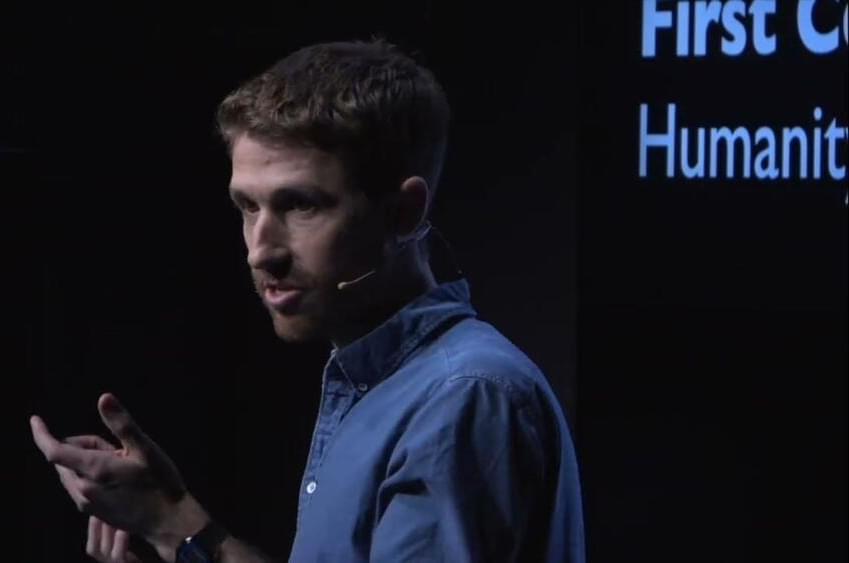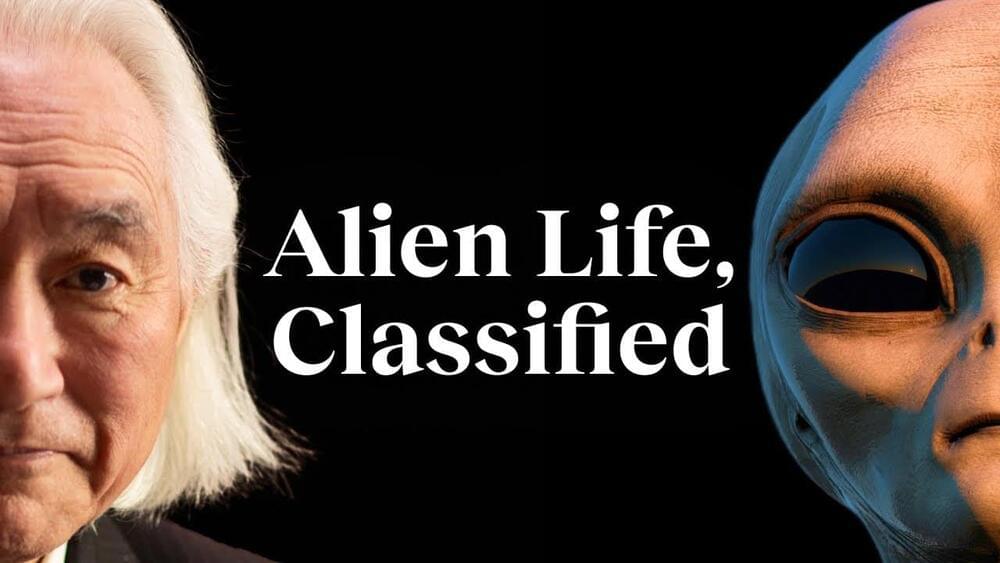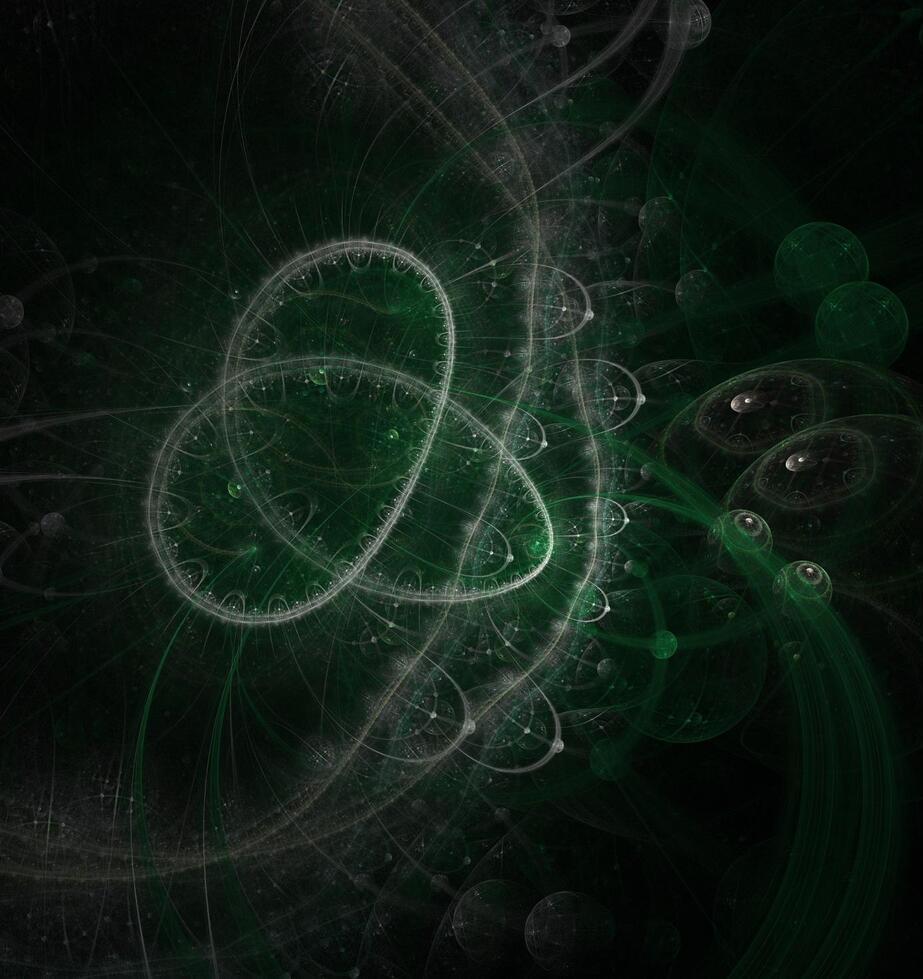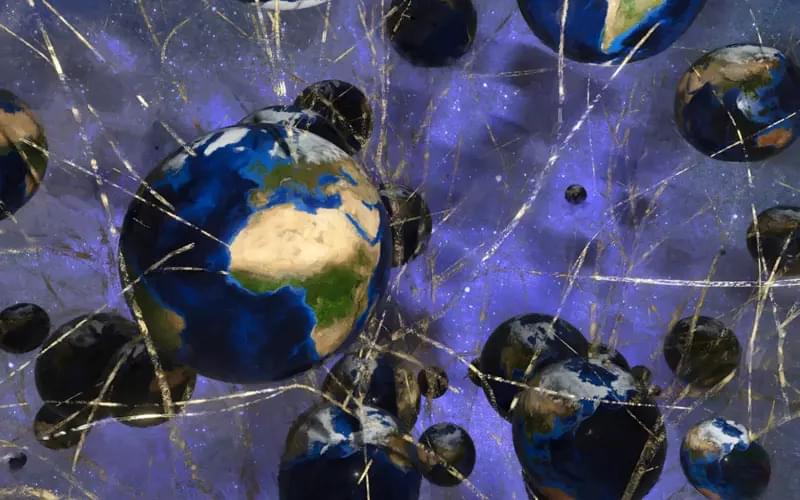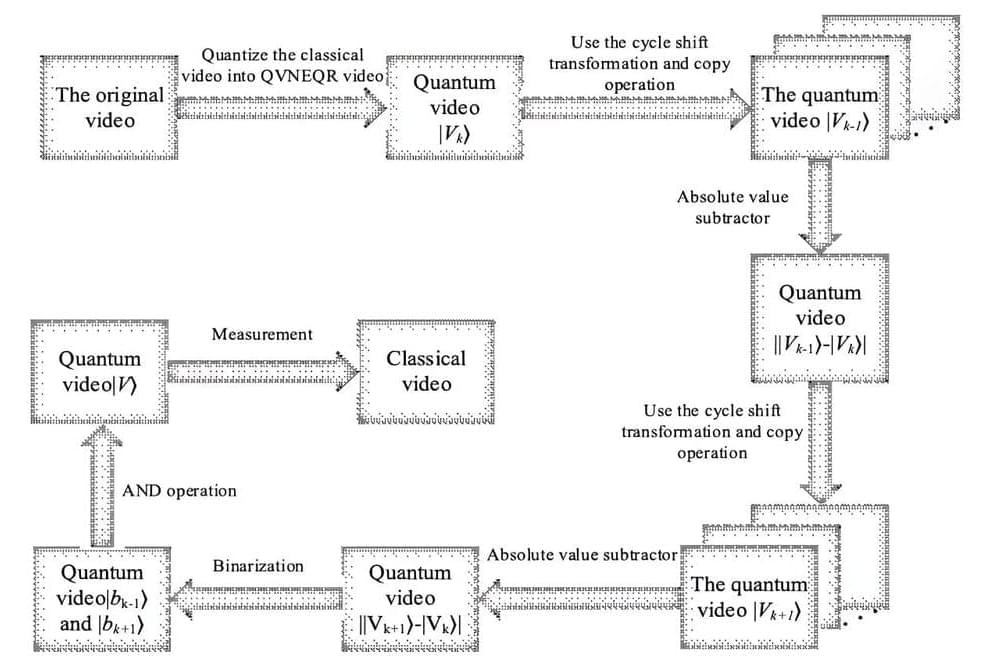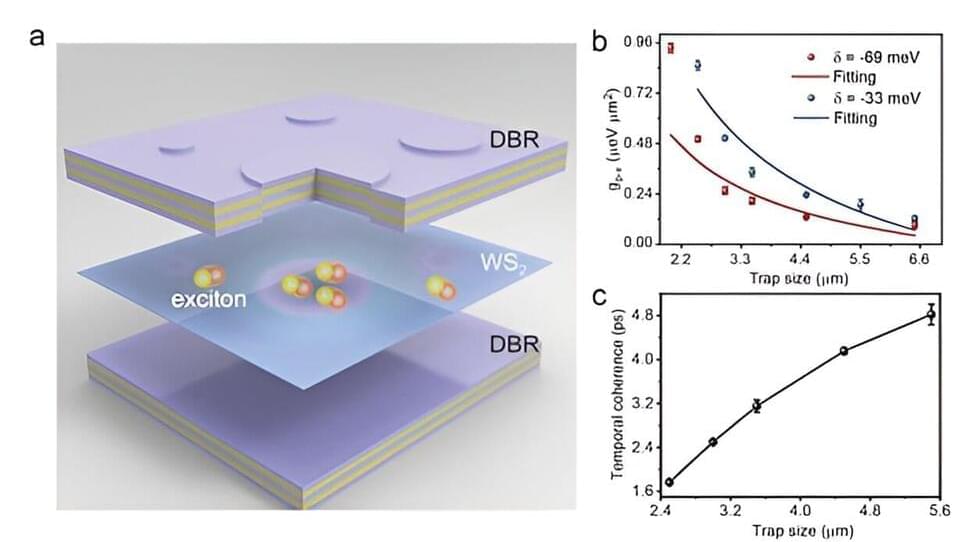
Exciton polaritons, hybrid quasiparticles caused by the strong exciton-photon coupling, constitute a unique prototype for studying many-body physics and quantum photonic phenomena traditionally in cryogenic conditions.
Atomically thin transition-metal dichalcogenides (TMDs), as exceptional semiconductors with room-temperature operations, have received much attention due to their fascinating valleytronics features and strong exciton resonance. Nevertheless, in TMDs microcavities, the overall nonlinear interaction strength of polaritons can be insignificant compared to that of other wide-bandgap semiconductors.
Considerable effort has been devoted to improving the nonlinear interactions, for instance, by resorting to 2s states, trion, and moiré or dipolar excitons. However, these excitons quickly dissipate at elevated temperatures and then destroy the strong coupling condition. Thus, achieving an appropriate combination of strong nonlinearity together with the thermal stability of the TMDs polaritons is highly sought after for realistic polariton-based integrated devices.



